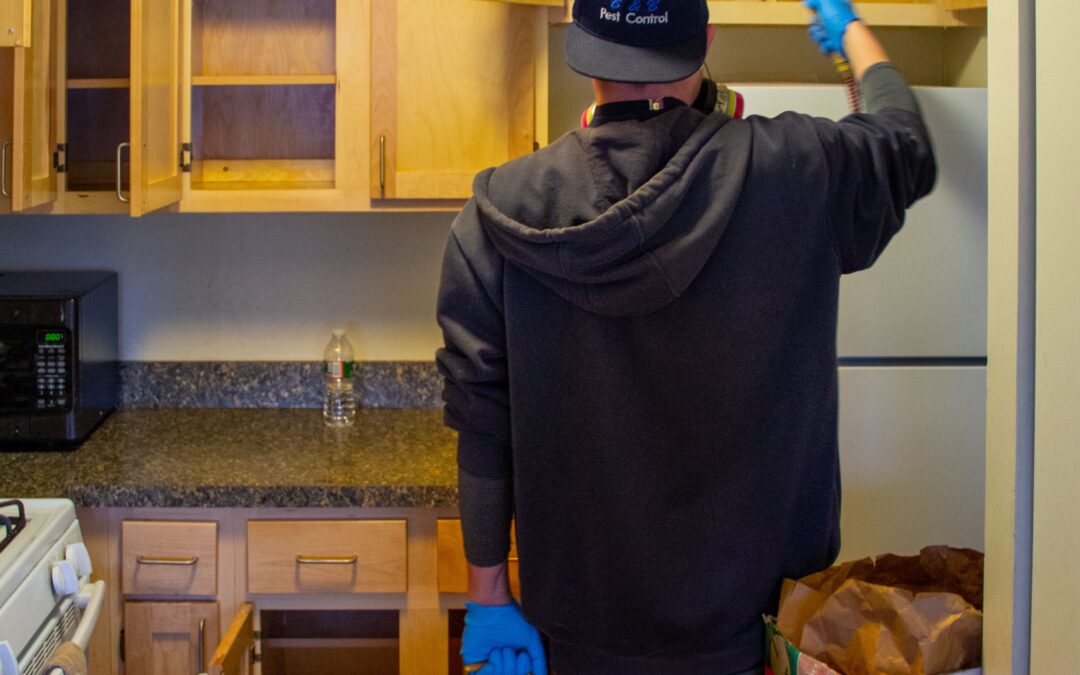Winged insects are always relying on their acute sense of vision to make out small objects located at a distance, such as vegetation, predators, and approaching humans armed with a rolled up newspaper. In addition to winged insects, a small minority of terrestrial arthropods have evolved an acute sense of vision in order to function in the world. For example, jumping spiders rely on their great eyesight for pinpointing insect prey from afar, and their visual acuity also allows them to land directly on insect prey after jumping a distance of 160 mm. However, the vast majority of arthropod species have poor eyesight, and most cannot perceive color.
The human eye is 100 times sharper than an arthropod’s compound eye, and their inability to perceive anything more than light and dark shades is why many arthropods accidentally wander into homes. Most arthropod pest species do not rely on visual landmarks for finding their way into homes; instead, arthropods enter homes when they sense disagreeable climatic conditions, or when their specialized organs sense indoor moisture or food. Mildew-feeding insects are abundant in residential yards, but they often enter homes after sensing high moisture conditions and/or fungal organisms indoors.
Mildew-feeding pests include many insect species from a variety of families, and they often enter homes in large numbers to secure shelter in high moisture conditions where fungus usually grows. Mildew-feeding insects are nuisance pests within homes, and they are not known for inflicting injury to humans or for damaging property. The most commonly managed mildew-feeding insect pests within Massachusetts homes include psocids, springtails, booklice, and foreign grain beetles.
Psocids can only survive and reproduce in conditions where the relative humidity is between 75% and 95% and temperatures range from 75° to 82°. Foreign grain beetle adults can only survive in conditions where the reactive humidity is at least 66%, but their eggs can only survive provided that they develop in conditions where the relative humidity is at least 75% and the temperature remains above 80 degrees for a period of 22 days. Reducing the relative humidity in homes to 58% will usually make indoor conditions inhospitable to mildew-feeders. Simply correcting indoor moisture problems is usually sufficient for eliminating infestations of mildew-feeders, but foreign grain beetles often become numerous within wall voids, which may require professional aerosol or dust injections into walls.
Have you ever found mildew-feeders infesting moldy pantry food?

